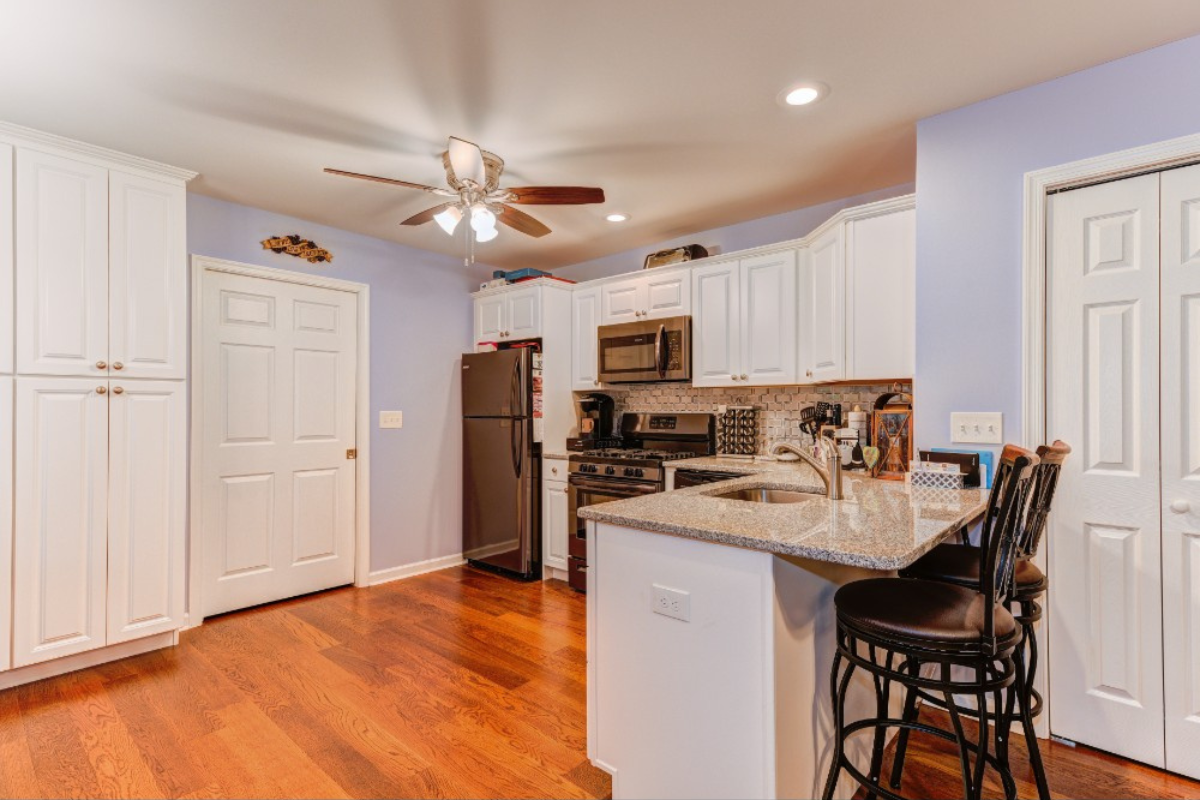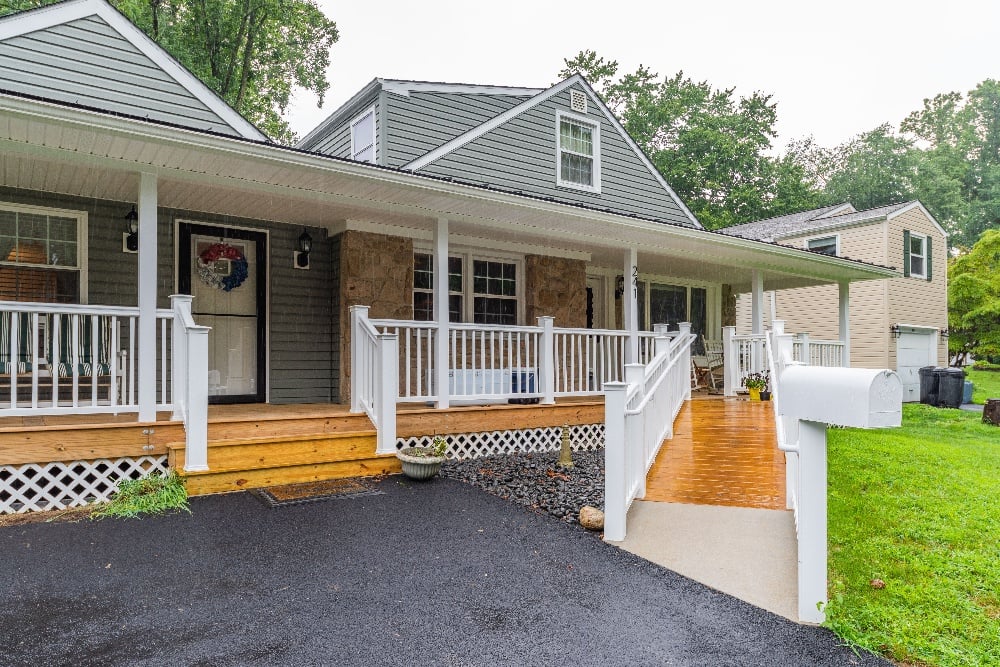With the rising costs of assisted living in the U.S. people are looking for alternative options when it comes to caring for their aging loved ones. Approximately 20% of the population lives in a multi-generational home, and many of these homes are turning to building separate living spaces for the elder generation. Gone are the days of taking the spare bedroom and sharing living spaces -- these “in-law suites” are private spaces which usually include a bedroom, bathroom, kitchen and living space, created as either an addition, or as renovated basements, garages, or attics. By creating this new space, the value of your home also increases. (Which is great if you plan to sell at some point down the road.)
There are many things to consider when adding an in-law suite to your property, so we decided to compile a list of all the benefits and considerations to hopefully help you sort through this important decision.
Why You Should Build an In-Law Suite
1. Home Additions “Pay Themselves Off” Faster
The average cost of assisted living for an individual in 2020 in Pennsylvania is $3,555 per month. (This is higher than the national average of $2,877 per month.)ith areas such as Philadelphia, Harrisburg, Chambersburg, and Lancaster having higher rates around $5,318 per month, it’s not a secret to why you may be considering building an in-law suite instead. Did you also know that if your loved one has Alzheimer’s, assisted living can cost an additional $13,800 per year for an increased level of security and care? That’s a huge expense to take on.
In comparison, an average home addition can range from $100,000 to $300,000 depending on what you decide is needed — and if you want it to include high-end features and finishes. An average space remodel (i.e. basement with no change in the footprint of the home) can range from $75,000 to $150,000, again depending on the extent of the project.
Now, those may seem like daunting numbers, especially when it comes to putting on an addition. However, the cost of utilizing assisted living would exceed the cost of a smaller budget addition in just over 2 years. Similarly, the cost would exceed a high-end addition in just under 7 years. Take into account living in a larger metropolitan area or the additional cost of Alzheimer’s care, and it would exceed the cost of even a high-end addition in just under 5 years.
These numbers are for one individual. The costs would increase if you are caring for two people, therefore the cost of assisted living would exceed the cost of an addition or renovation in a shorter period of time.
2. Customize the In-Law Suite to Meet Current and Future Housing Needs
Keep in mind accessibility to the space as well as features that will make it easier for your loved one(s) to live independently in the space. Grab bars in the bathroom, shower seats and curbless entry, adjustable sinks, wheelchair access throughout, pull-out shelf cabinetry, and continuous flooring for less tripping hazards are just a few of the accommodations that will age with them.
3. Improved Quality of Life
Being surrounded by their loved ones can help to improve the quality of life for an aging person. Think about it, they get to see the people who mean the most to them every day but still live on their own. They have the feeling of independence with the reassurance that family is close by if needed. Playing with grandkids, having family dinners, and seeing their children living successfully can mean the difference between a happy individual and someone who is sad or longing for companionship. Having them around is a great time to reconnect or grow your bond even stronger.
4. Having Separate Utility Management
Separating the utilities from the In-law suite and your home can be beneficial if there comes a time when it is unoccupied. In this case, you are able to shut them off so you’re not paying for unused spaces. It’s also beneficial if you end up renting the space out down the road. You will easily be able to split up bills between your home and the rented space.
5. Getting to Personally Care for Your Loved Ones
When it comes to assisted living, you can research for weeks on end to find the perfect service or place, but certain things may be overlooked or underperformed according to your standards. When your aging loved one is living in their own space down the hall, you can oversee exactly how they are cared for. If you are not keen on administering care yourself, it may still be less costly to pay for an in-home nurse or caretaker than it is to pay for assisted living quarters. Most people looking into assisted living are generally self-sufficient, they just need a bit of help doing certain tasks.
Next Step: Check Your Local Building Codes & Find an Experienced Contractor
Your local building codes will tell you what type of, if any, addition you are allowed to place on your property. In some places you may be limited to remodeling an existing space, and in others you may just need to figure out what permit allows you what you need. Some of the common requirements for having an In-law suite addition on your property are access to off-street parking, an outside entrance to the space, and separate water and sewer connections. Make sure to check with your town, city, or county official to see exactly what you are allowed to do before you start planning an addition or remodel.
Finding a certified contractor can help you with this task as well. A simple consultation call to them can inform you as to what you are able to do according to the local building codes. Look for a contractor who has experience in these types of projects as you are less likely to run into unforeseen complications in regards to what type of property and features are allowed. They can provide advice and design ideas that you may have not thought of, ultimately giving you a functional space better than what you initially imagined.
When you’re ready to discuss what your options are for an addition or remodel to provide an In-law suite to your aging loved ones, give us a call. We’ll design and build a functional and beautiful space for your loved one to call home. In the meantime, check out some of the In-law suites we have created throughout Bucks County, PA and Montgomery County, PA.





